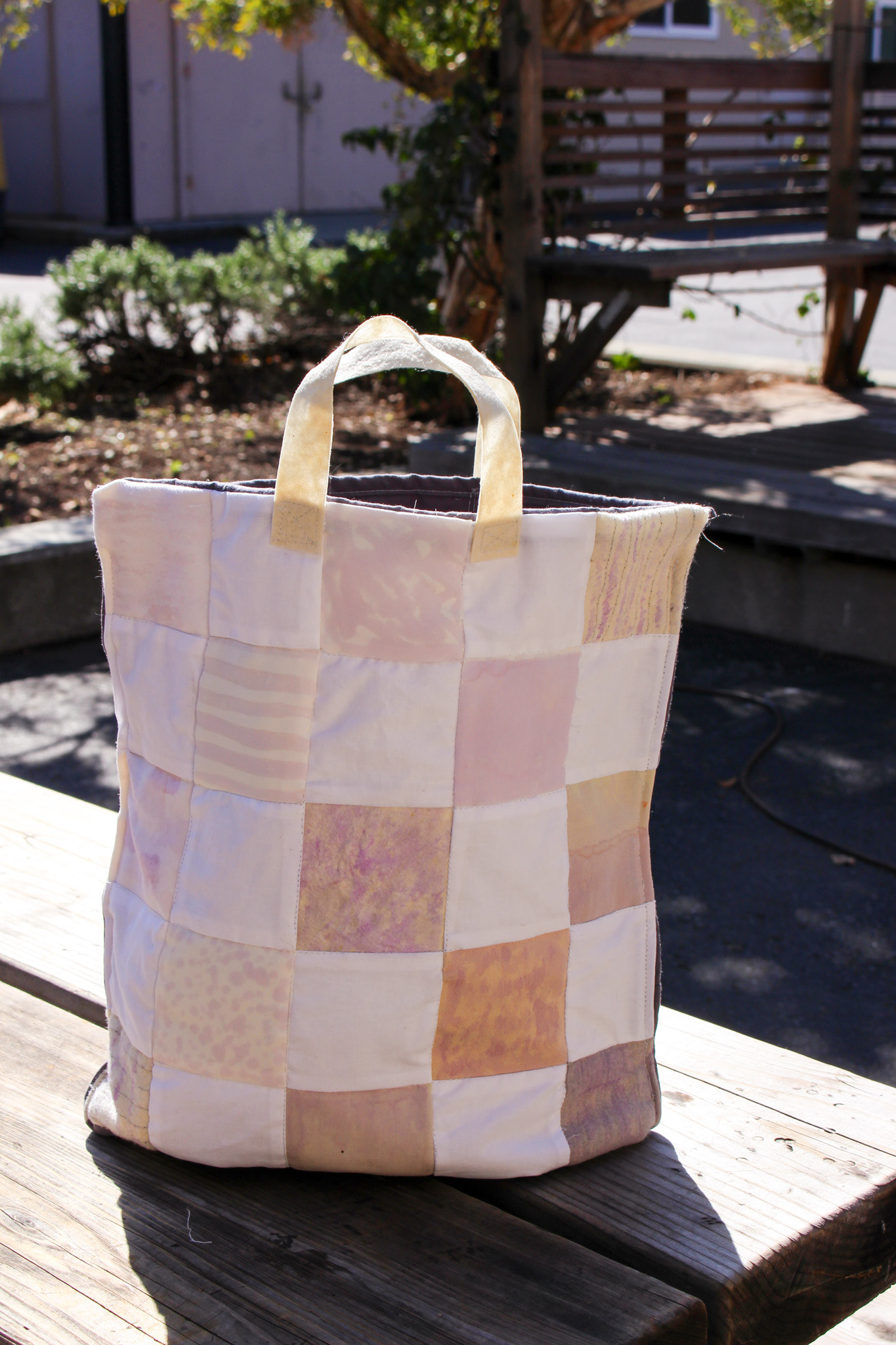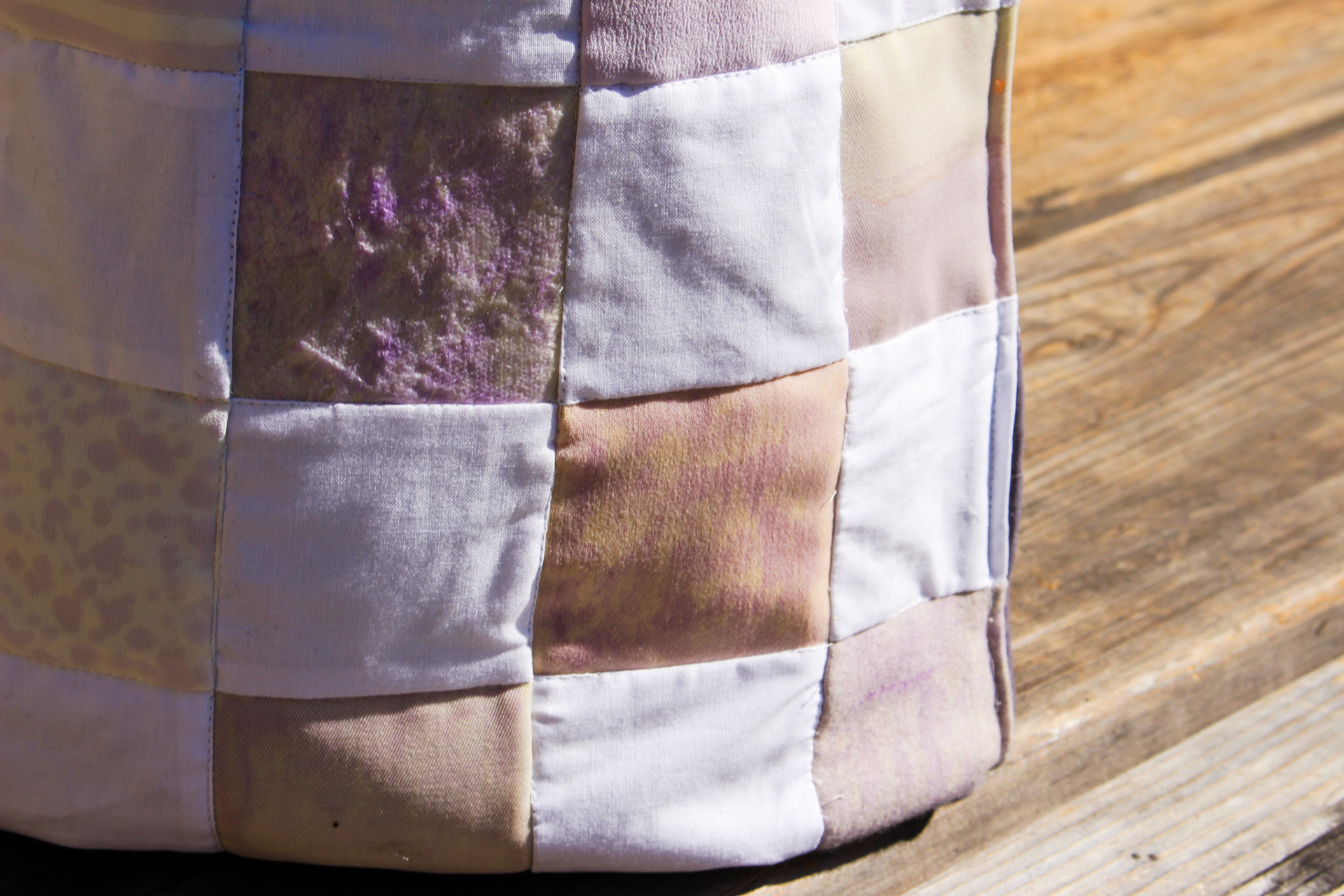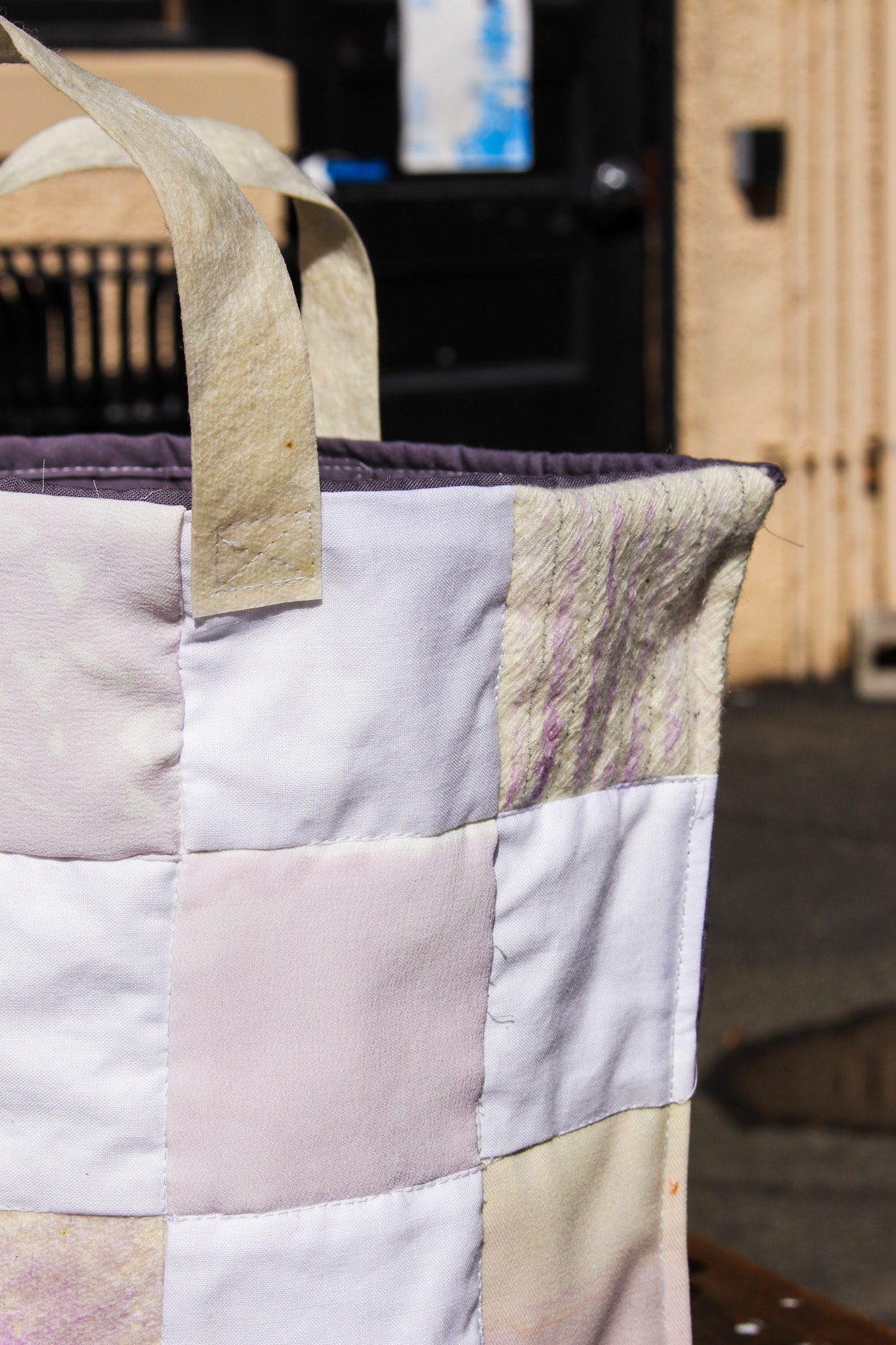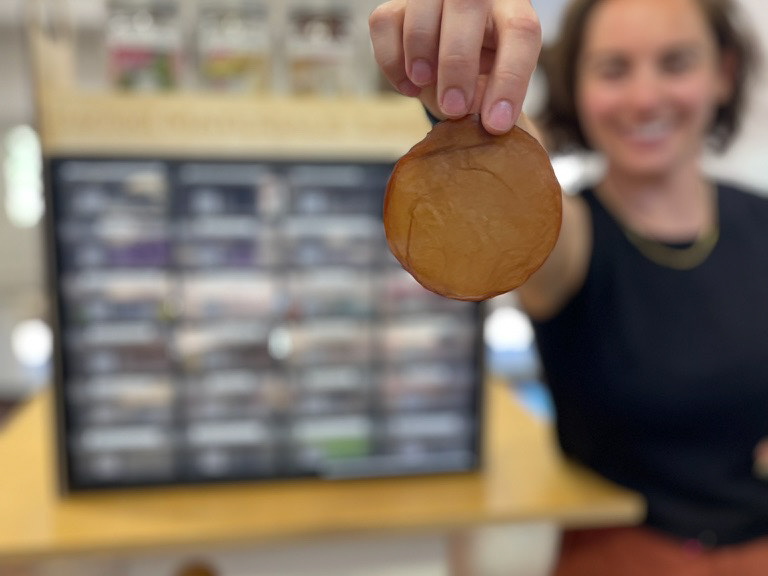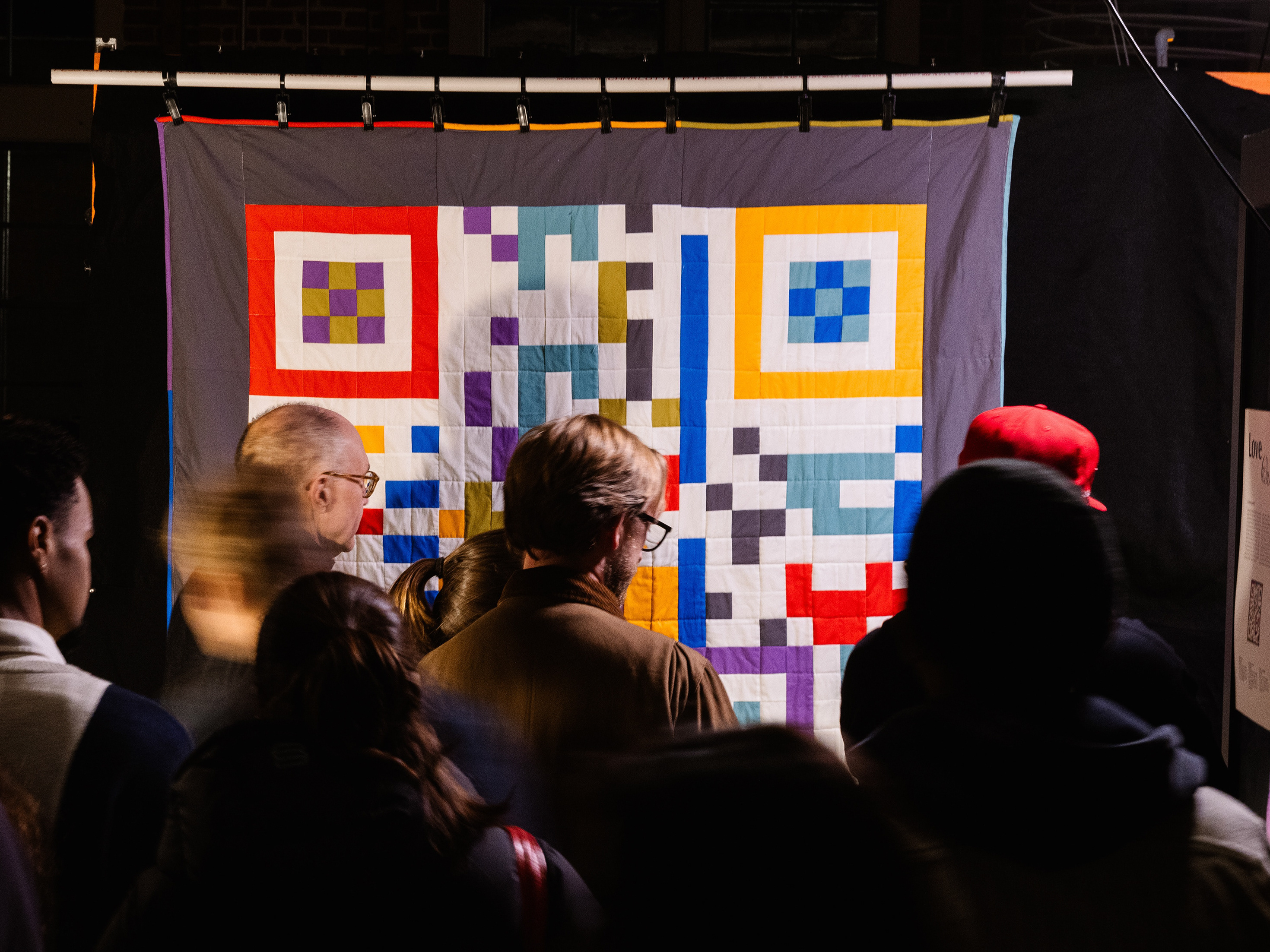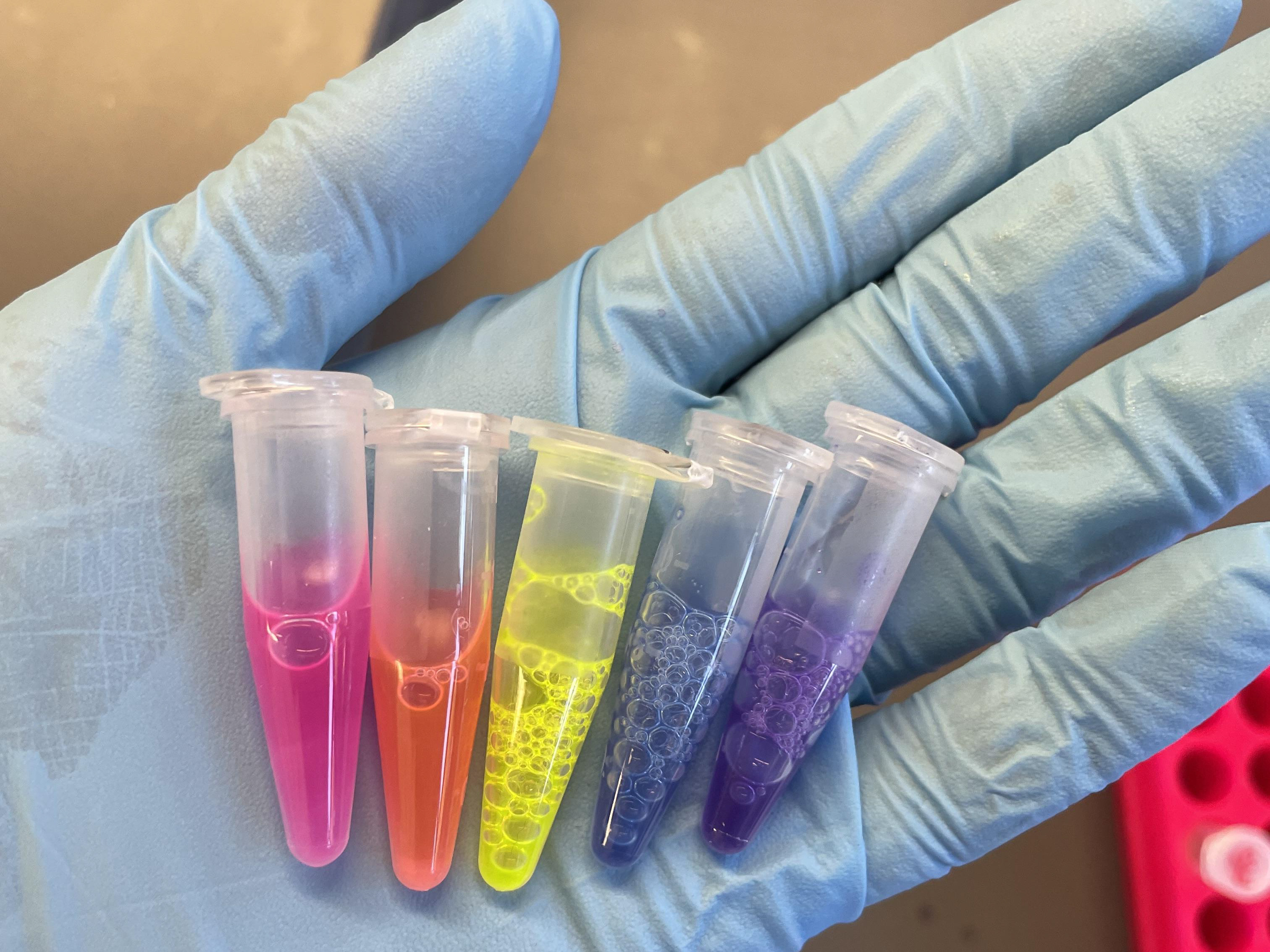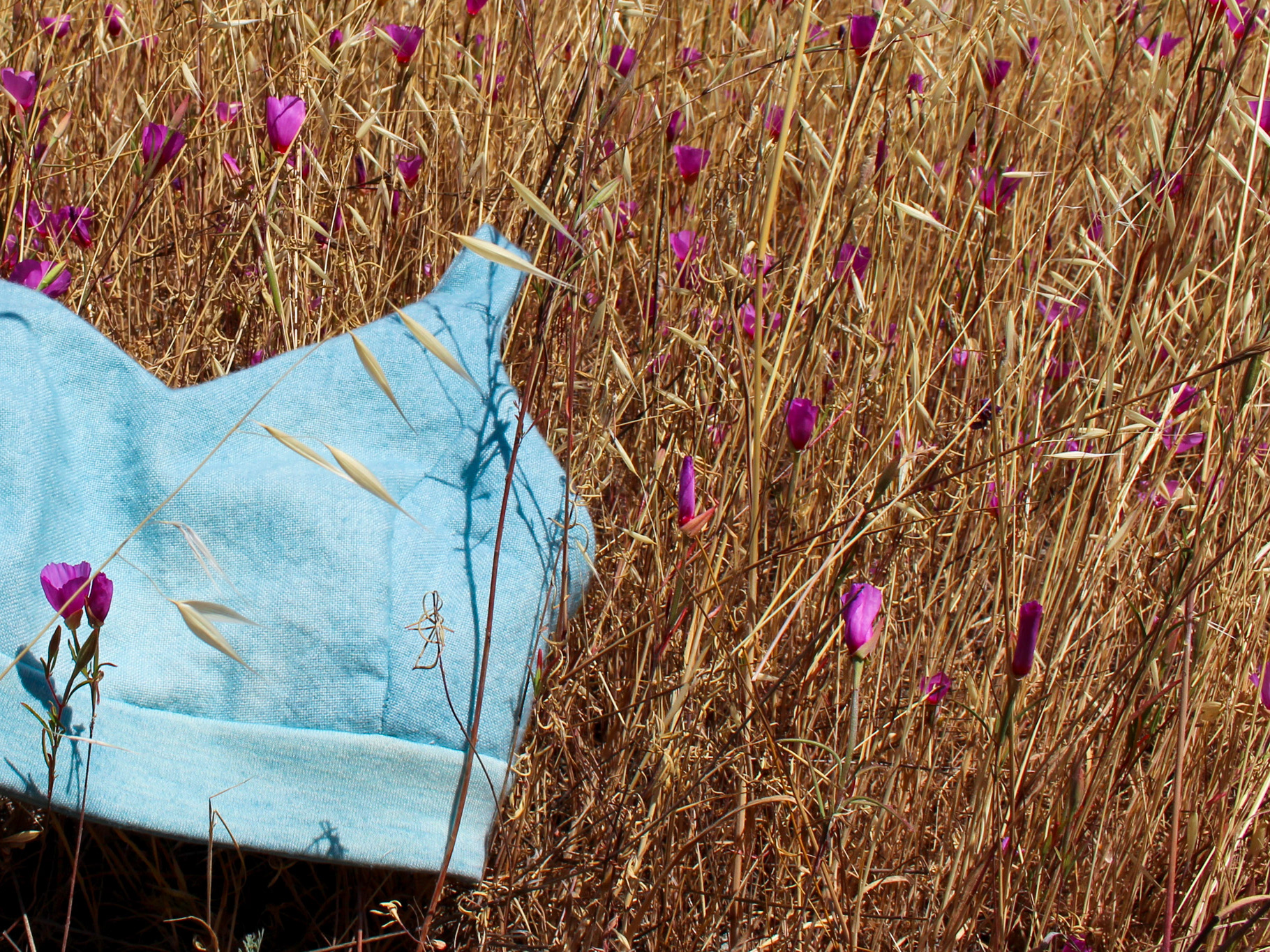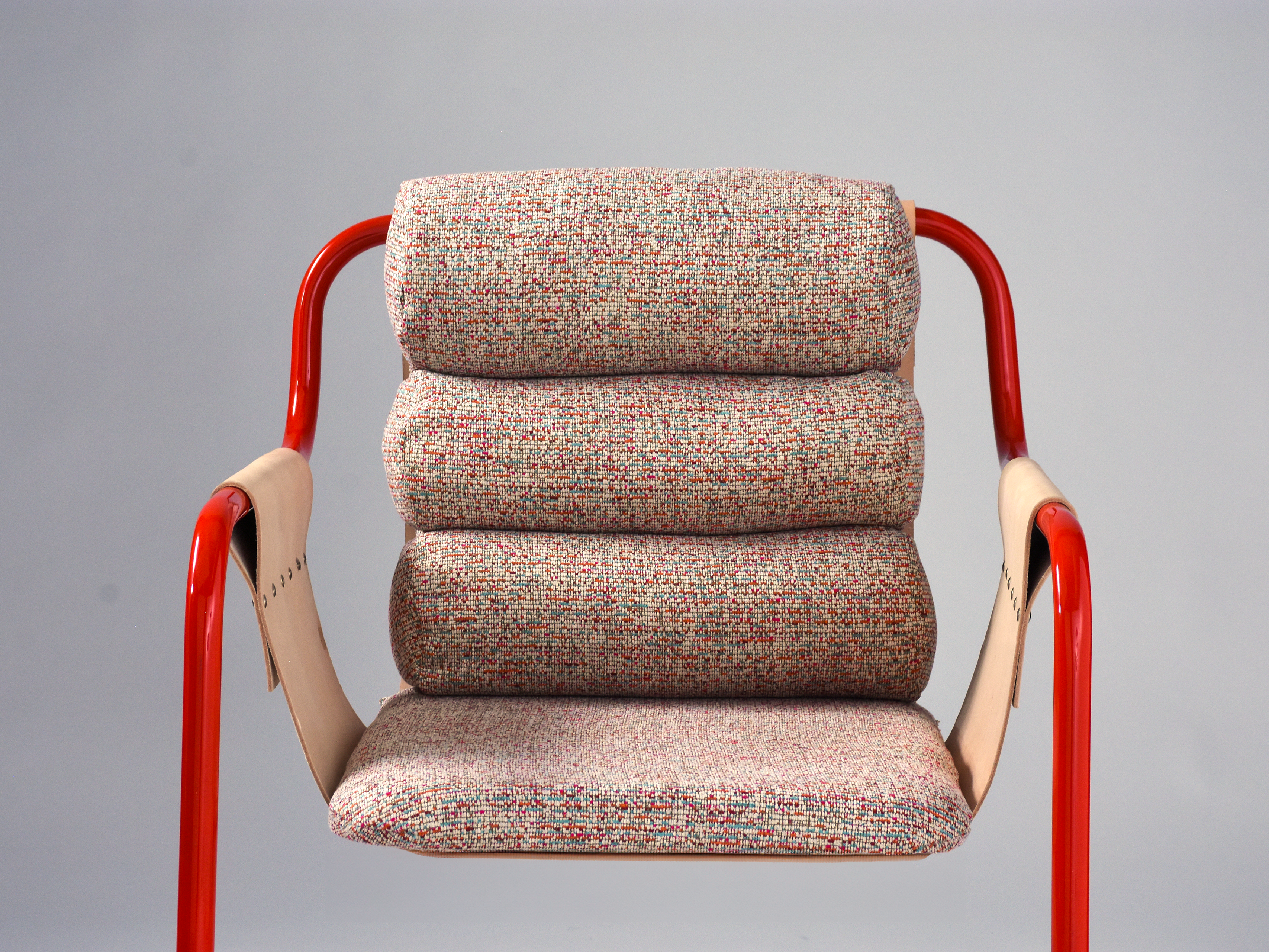After the Petri Dish to Palette workshop where I created a painting from chromoprotein pigments, I got excited about using chromoprotein dyes with textiles. I was curious if I could use the pigments from the ts Purple chromoprotein to dye fabric. I chose purple because of the rich history of purple dyes in fashion from ancient Rome to lichen and the first purple synthetic dye in 1856.
I began by growing (what I thought was) a lot of the ts Purple E. Coli in partnership with Stanford Biological Interdisciplinary Open Maker Environment (BIOME). I streaked 30 plates with bacteria, which resulted in about seven containers of finished purple pigment.
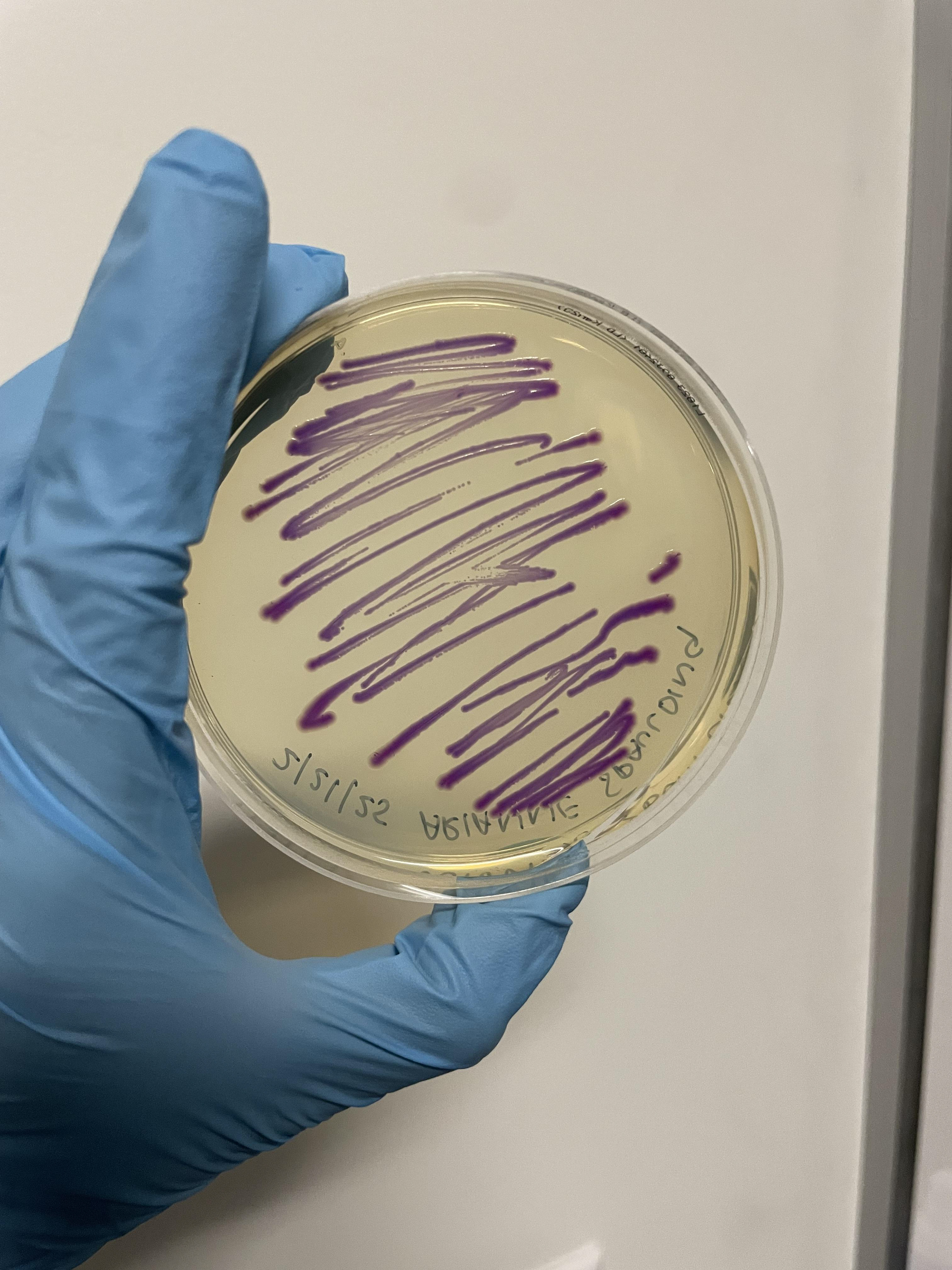
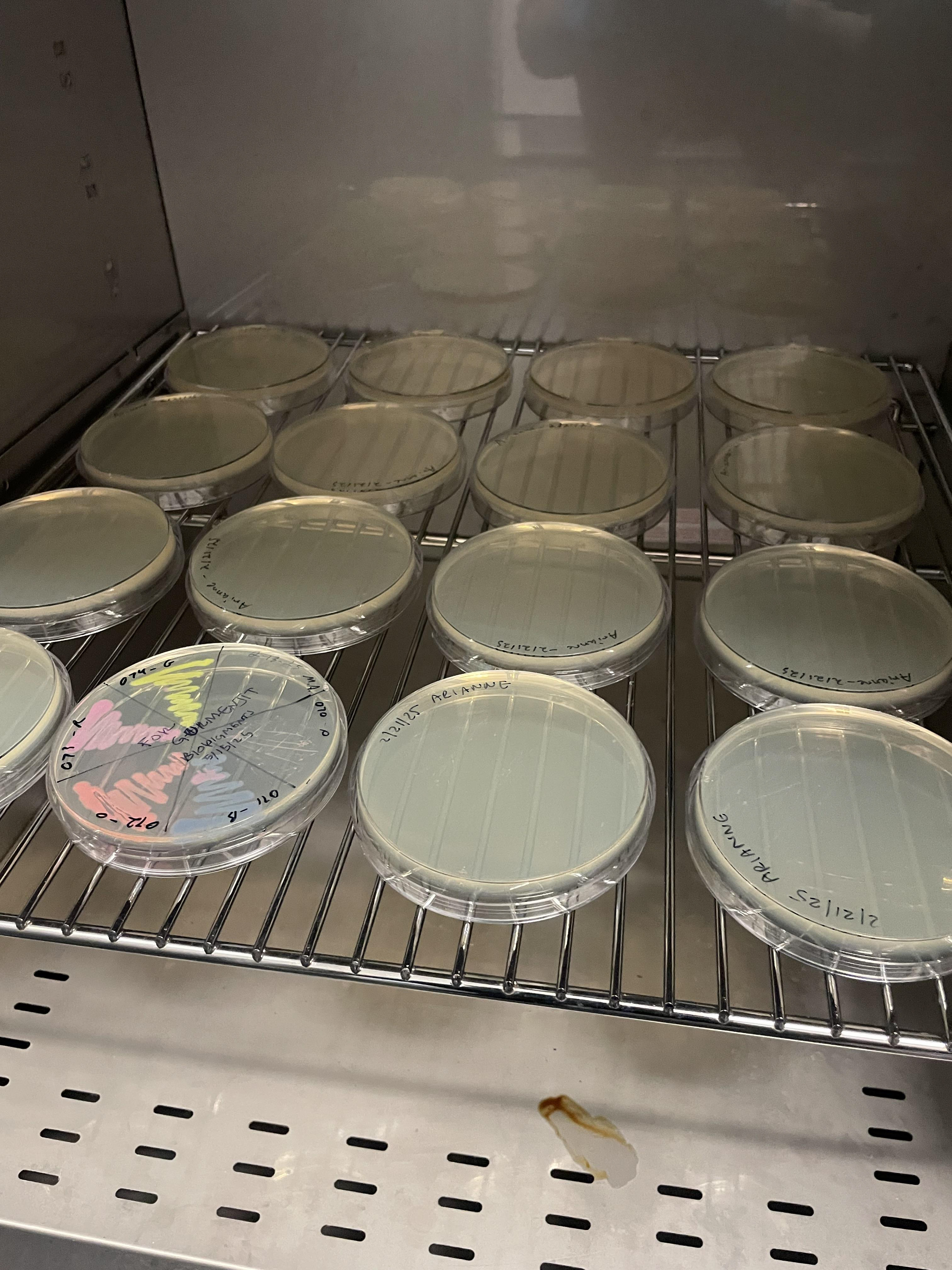
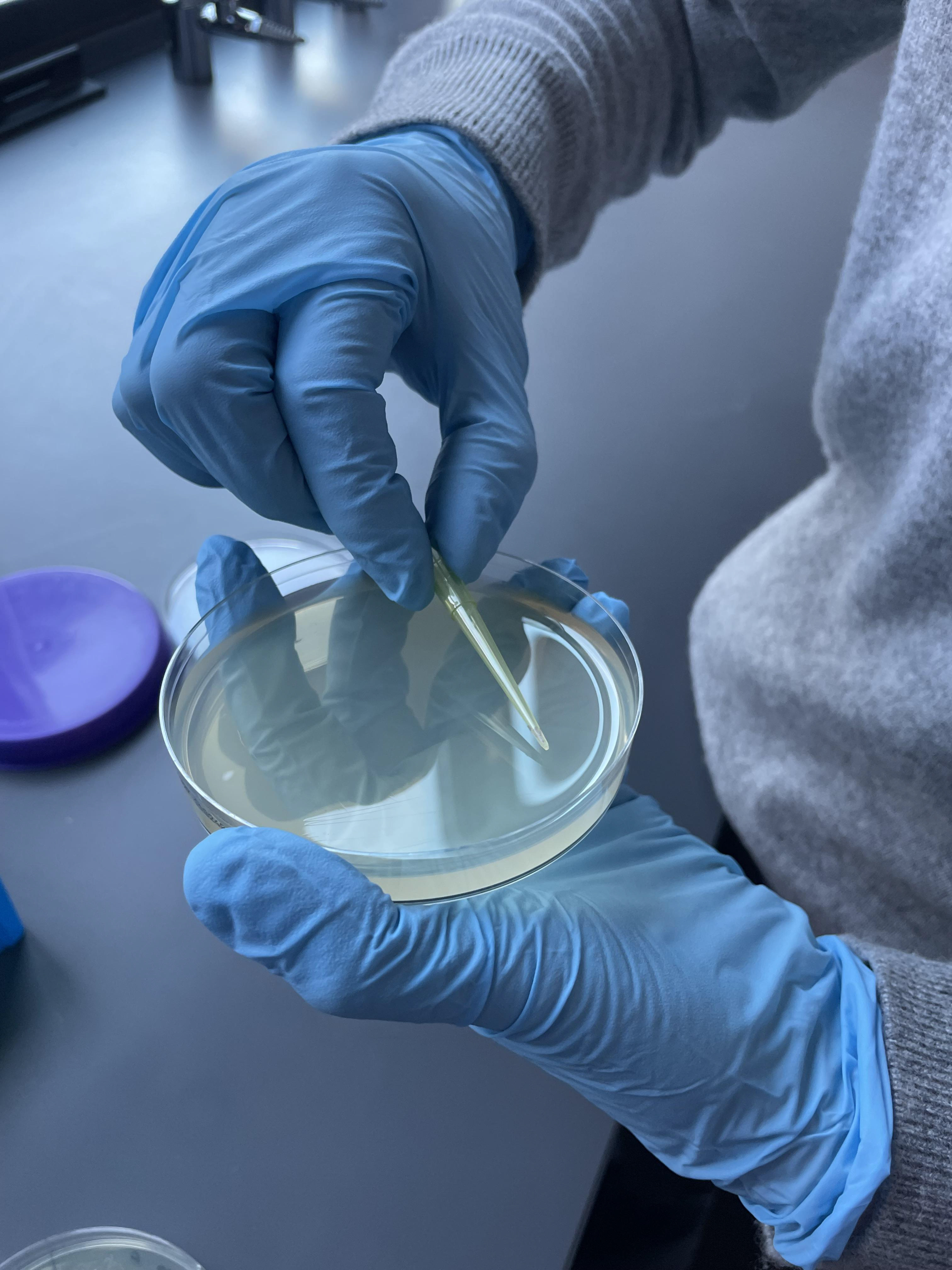
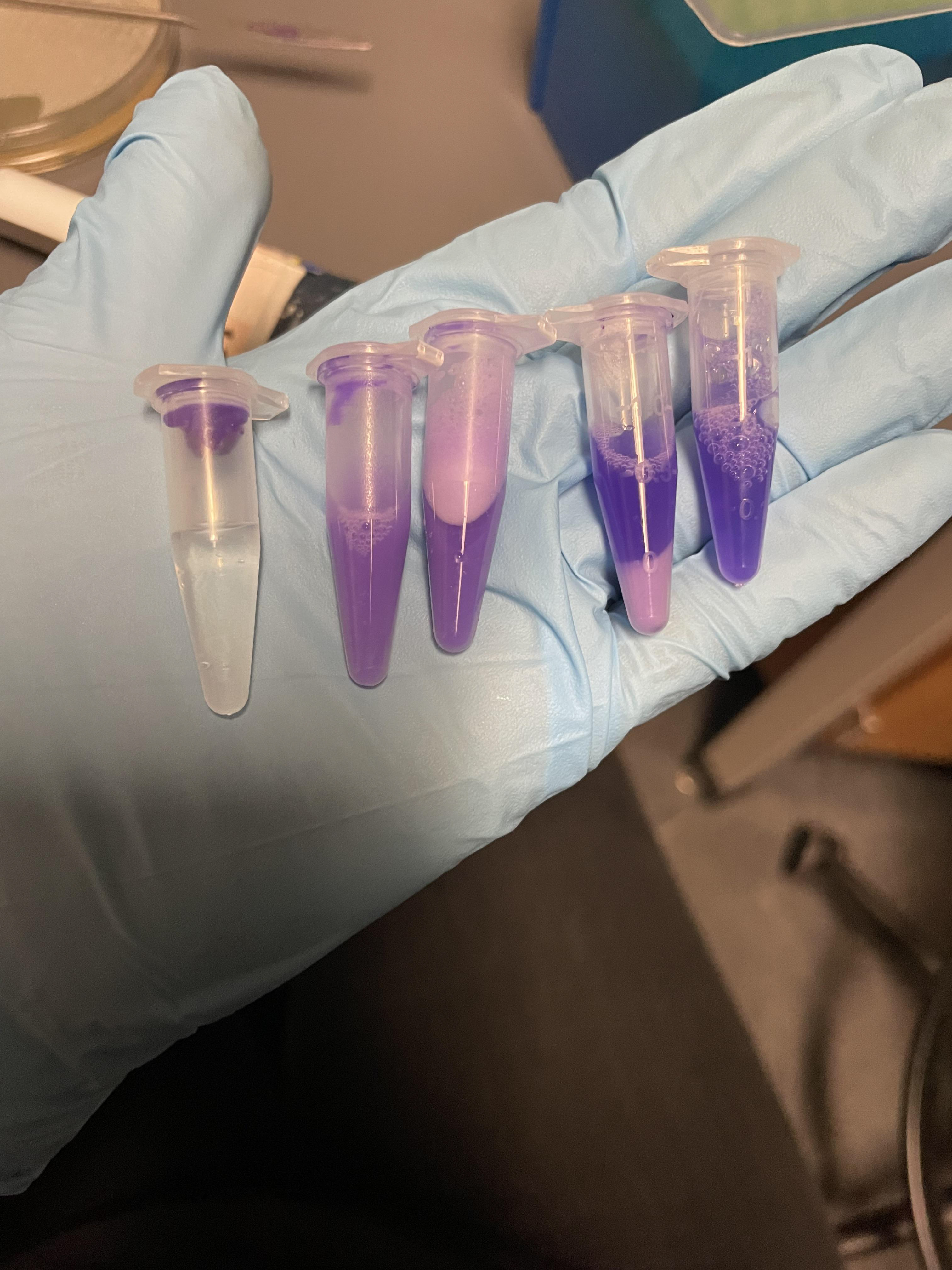
My initial thought was to mix these pigments in the solution state of an existing algae-based biomaterial (before it has dried) to both add color and reduce water usage that is usually associated with dying. However, in all of these attempts, the protein denatured and lost its color. I switched to testing the dye as an additive on protein fibers (silk and wool).
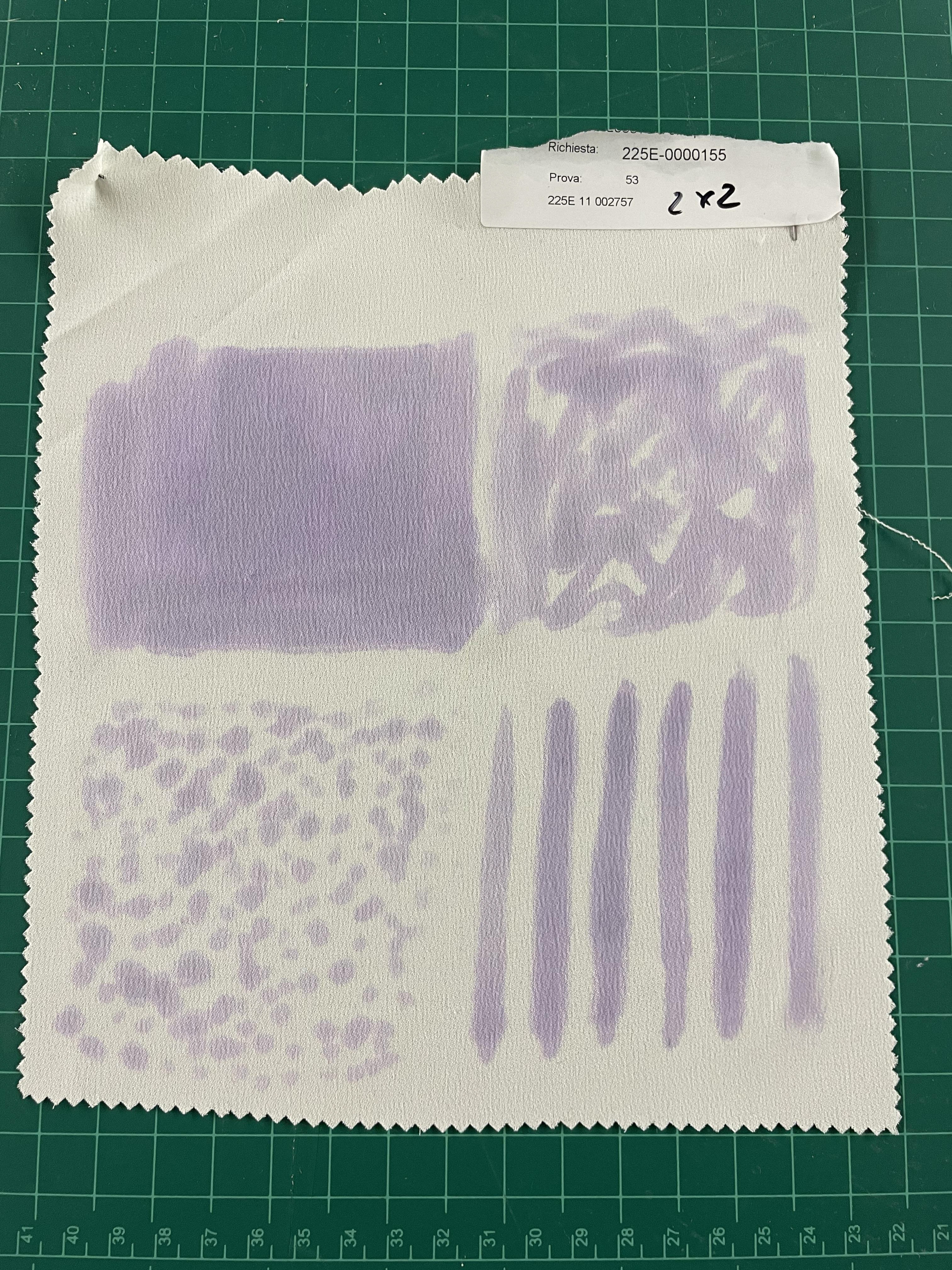
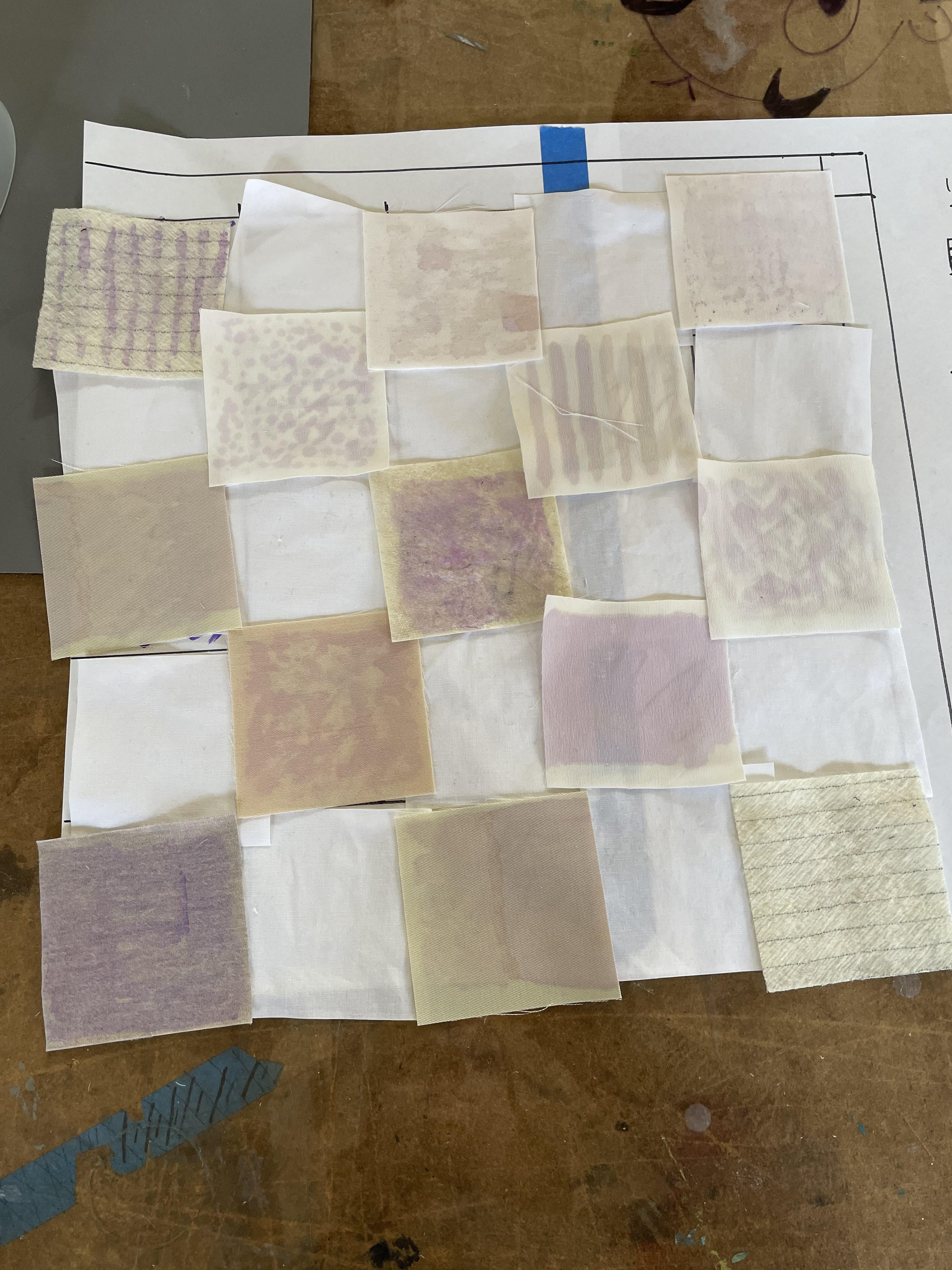
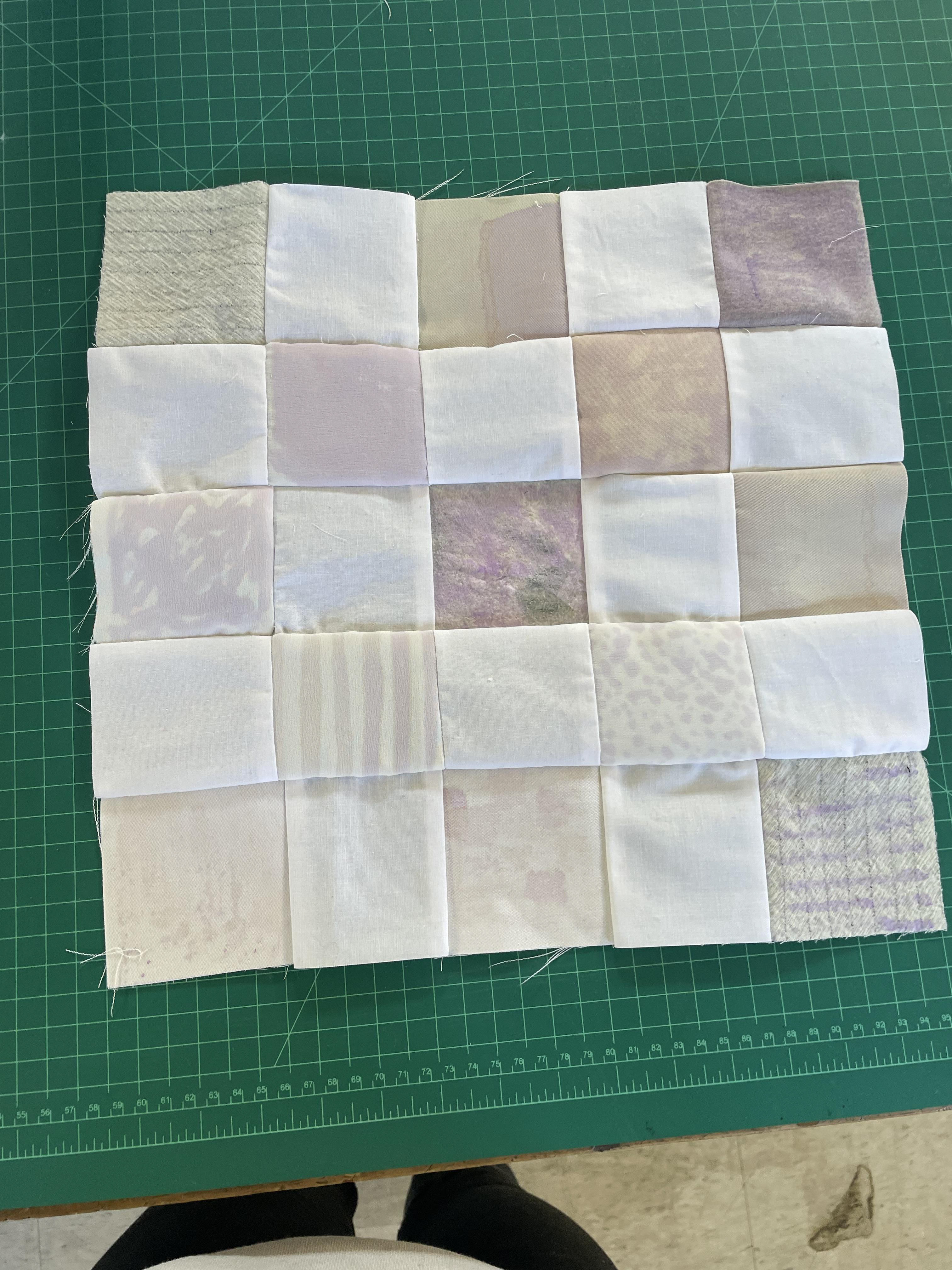
The test samples turned out a lot paler than I had intended. I also never solved the problem of them denaturing under UV. However, I did game a lot of confidence in the lab and learned about how the dye reacts in different situations. My test samples reminded me of something I had made earlier in the year....a quilt! I decided to use my test samples to create a quilted bag so I could end with a finished object. I alternated the test samples with white to add contrast and highlight the purple pigment. The handle is made from the original algae-based biomaterial samples.
